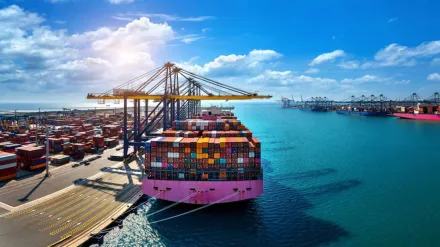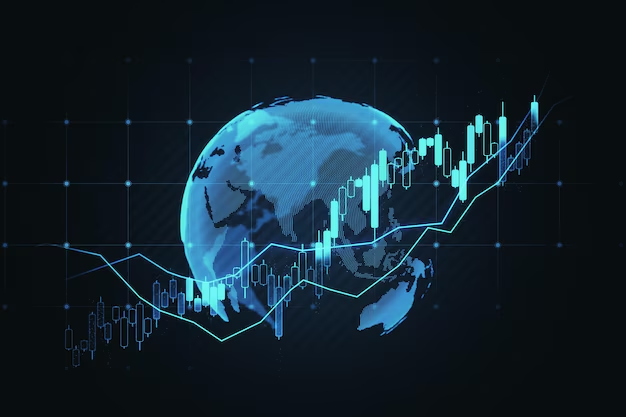Trade Tensions and Defense Spending: Potential Impact on Oil Prices and the Canadian Dollar

The global economy is so interconnected that even the smallest geopolitical event or a policy decision can have a quick ripple effect on the financial markets. This is how a policy decision can easily impact commodity prices or a political turmoil in one part of the world can bring drastic changes in currency valuations. In this light we need to see the two key factors that are currently shaping the economic landscape. The first one is the rising trade tension and the second one is increasing defense spending. Particularly their implications are visible on oil prices and the price movements in Canadian dollar (CAD). In this blog we will go deeper into this.
Understanding trade Tensions and Defense Spending in the Global Context
Trade tensions between the US and China are shaping many financial frontiers in recent times. The U.S.-China trade war has become the single most talked-about geopolitical factor that remains in headlines for weeks now. The biggest fallout of this is the growing uncertainty over global supply chain adjustments.
Tariffs on Chinese goods have resulted in higher costs for U.S. manufacturers. On the other hand, China’s counter measures have impacted agricultural exports from the US. No wonder, we have started to experience market volatility across all instruments.
Global defense spending has increased in recent weeks resulting from the political tensions and war in some parts of the world. To mention particularly, war in Ukraine, tensions in the South China Sea, and the military activities of NATO members, are key happenings to shape the dynamics in financial markets.As per latest news, U.S., China, and European nations are investing heavily in defense impacting fiscal policy, and economic growth.
Impact on Oil Prices

It is well known that oil prices are impacted easily by global trade dynamics. Whenever trade tensions rise resulting in slowed-down economic activity, the impact is instantly visible in reduced demand for oil.
On the other hand, trade tensions can also cause disruptions in the oil supply chains. For instance, trade embargoes or economic sanctions on countries like Iran or Russia that have a significant share in global oil export, can lower the supply and push oil prices.
As the defense spending is increasing, it can also impact oil prices. Since defense activities and military operations are likely to rely on an unperturbed supply of oil for aircraft’s, ships and vehicles, the demand for oil is likely to increase resulting in higher prices.
Understanding the CAD Connection

Canada happens to be one of the world’s largest oil producers and it relies primarily on exports to the US. The recent announcement of Donald Trump to impose extra tariffs on Canadian exports is likely to have a direct impact on oil prices. The increased oil prices benefit the Canadian economy and the Canadian Dollar is likely to have a good impact as well.
The Canadian dollar because of its close reliance on oil exports and pricing is duly referred to as a “commodity currency”. This direct relationship with oil prices also makes the Canadian dollar more vulnerable to uncertainty caused in the global oil producing belt.
Trade tensions can also have a major impact on the Canadian dollar.. Since Canada is a key trading partner of the U.S., any policy change in the US is likely to have a far-reaching impact on the Canadian economy. Tariffs on Canadian goods, such as lumber or aluminum, can hurt exports and weigh on the CAD. Moreover, broader trade tensions can reduce investor confidence in risk-sensitive currencies like the Canadian dollar.
Ending Notes
The interplay between trade tensions, defense spending, oil prices, and the Canadian dollar underscores the complexity of today’s global economy. While these dynamics create challenges, they also present opportunities for those who can adapt to changing conditions. By staying informed and proactive, investors, businesses, and policymakers can navigate this uncertain landscape and position themselves for success.
As always, the key is to remain vigilant and flexible, ready to respond to new developments as they arise. Whether you’re an investor, a business leader, or simply someone interested in the global economy, understanding these forces is essential for making informed decisions in an increasingly interconnected world.




